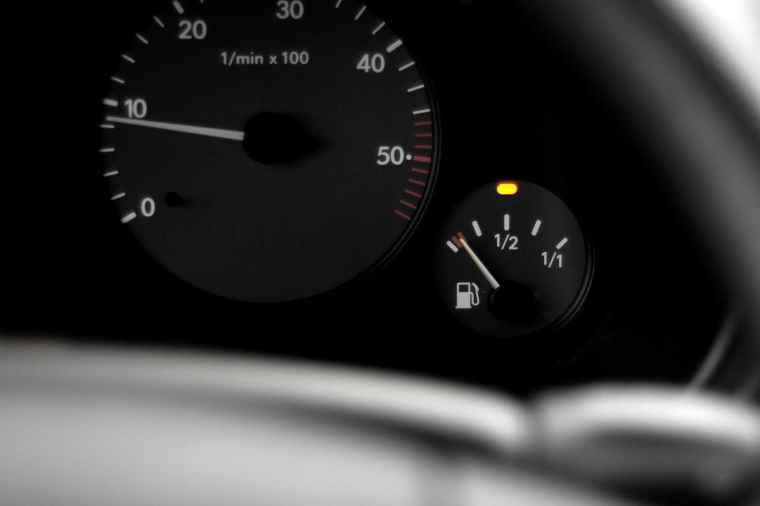Agree, but equally, you'd get home sooner if there wasn't a 70mph speed limit on the motorway. But there's a speed limit, and we live with it, even if it means that we can't get home as quick as we otherwise would. Same goes for topping up an EV along the route.
Incidentally, a 7 hours round trip, at an average speed of 60mph (it's not all motorway driving) is 420 miles. If you have a modern EV with ~300 miles WLTP range, then - depending on driving conditions - you'll probably need to top up once on the way out and then once again on the way back.
As for having EV chargers at the ExCell car park so that drivers can charge at destination and have the EV ready for the way back, that's again
not EV thinking... Because one day all - or most - cars will be EVs, and it's inconceivable (and unnecessary) that there'll be a charger at each parking spot. Sure, there should be a few EV chargers for emergencies, but - again - drivers will be expected to top-up at superchargers along the route.
When I drove my EV to the Swiss Alps last year, I did just that - I left home with a full charge, then topped up along the route. I also fully charged the car at the hotel in France overnight. I arrived at my destination with 50% battery, and didn't fully charge the car again untill leaving the village. On the way back, I did the same as on the way out.
BTW, I am in Switzerland again, without the EV this time, it has summer tyres and so not good for the Swiss Alps - and given that it's on a lease and going back in 7 months, I didn't want to bother with snow tyres.
But I am happy to report that the weather is great. This was taken this morning:

www.autocar.co.uk




